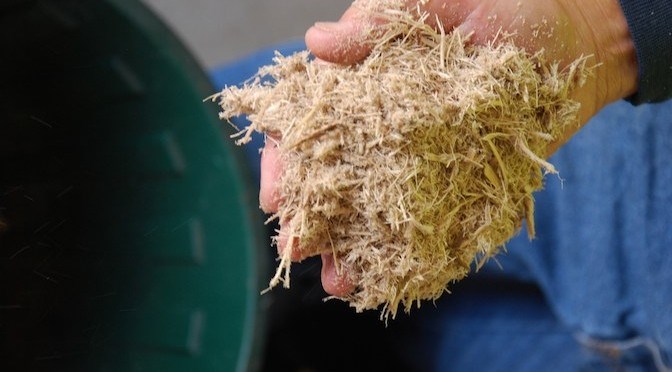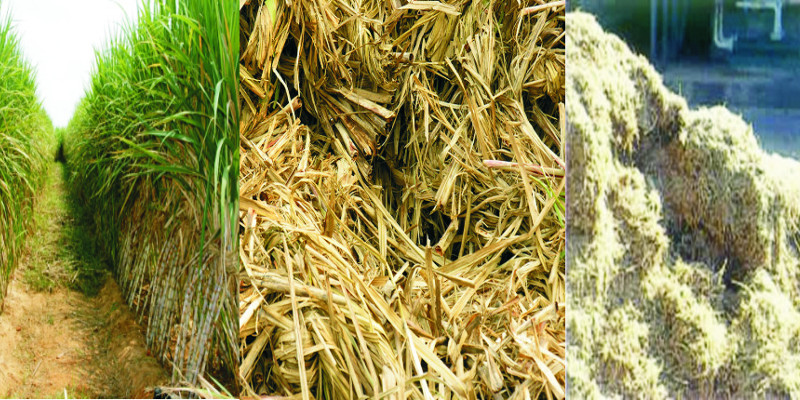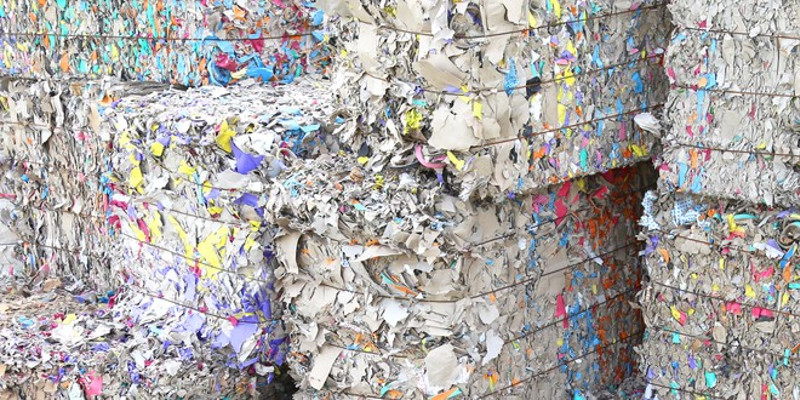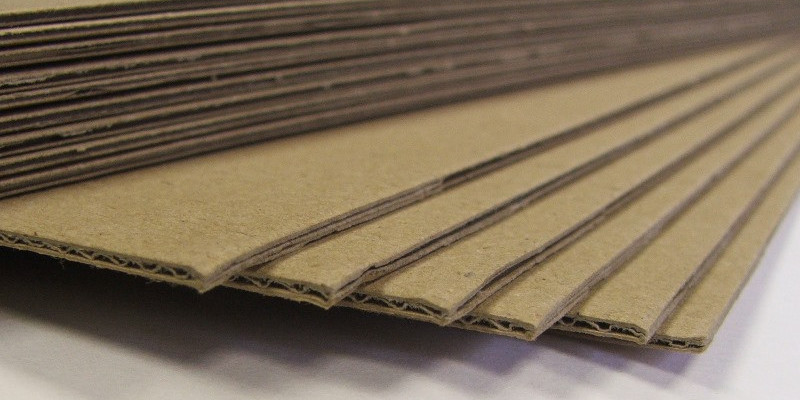Compostable, Sustainable and Biodegradable Packaging Materials
Published date: 27/02/2019 10:10

Education - A Key Component of Eco Friendly Packaging Use
Using eco-friendly, sustainable, biodegradable or compostable packaging is a movement being made by those who want to make a positive impact on the planet. Although the use of sustainable packaging is very beneficial, it is relatively new phenomenon in the larger scheme of things. As with all newly developed, large scale movements, an important step is focusing on education. Yes, it is great to take action and get involved, but it's vital to truly understand the reasoning behind your actions. Maybe you've started using certified compostable coffee cups, but what use is it if you don't know how to dispose of them properly?
When it comes to changing the world for the better, the role of education is key. With that in mind, we want to look at the materials behind eco-friendly packaging. We will discuss materials such PLA and the true methods needed to dispose of them properly. This will help you to understand the compostable closed loop system. Using eco-friendly material is great, understanding those materials enough to recycle them in the correct way, is where the true benefits lie.
PLA Plastics
Polylactic Acid (PLA) or “Corn Plastic” is a plant based, plastic-like material derived from renewable resources such as corn starch and sugar cane, which can be renewed annually. It is both biodegradable and compostable.

For PLA to effectively decompose, you must break up the polymer by adding water to it in a process known as hydrolyzing. Heat and moisture are required for hydrolyzing to occur. This is why it's important that you don’t simply throw that PLA cup in the normal waste bin. It must be disposed of in the correct composting bin to start the process.
PLA's biodegradable nature and the sustainable process by which it’s made, make it the environmentally friendly compostable material of choice for many applications in compostable food packaging as an alternative to plastic packaging. Under correct circumstances, PLAs can break down into its natural elements in less than a month. This is in contrast to the centuries it will take for traditional plastics to do something similar.
As it is biologically based, PLAs do not produce toxic fumes if the product ends up being incinerated. PLA is especially suitable in short lifespan applications such as compostable coffee cups. It is often used in other food handling applications and medical implants that biodegrade within the body over time.
CPLA
Crystallized Poly Lactic Acid is a combination of PLA (70-80%), chalk (20-30%) and other biodegradable additives. This material is 100% biodegradable and compostable. At the end of its life cycle, PLA based products can either be recycled or composted in industrial composting facilities.
Possible compostable products and applications include compost bags, cushioning materials, food wrapping materials, fishing nets, etc. CPLA is suitable for applications that are processed under extremely hot temperature such as making cutlery and hot cup lids. This is due to the fact that the material can withstand temperatures of over 200°F without buckling under the pressure.
Bagasse
Bagasse is the name for the pulp left over after juice has been extracted from sugarcane, sugar beets, sorghum stalk, or agave. This pulp has long been burned by sugarcane processors as fuel to run factories. Bagasse is much cleaner burning than fossil fuels and is considered carbon footprint neutral since the amount of carbon released is the same as the amount of carbon the plants absorb during growth. Currently, there is research being carried out around using bagasse as a source of ethanol. The overarching goal of this research is to reduce greenhouse gas emissions by as much as 85% over gasoline.

The most important use of bagasse for everyday consumers is as a source of pulp for paper. The fibers in bagasse can be used as an alternative to wood in the production of paper products without any loss in the quality of the product. It’s also sturdy enough to replace styrofoam and recycled plastic for use in disposable plates, disposable cups and takeout containers.
Bagasse is a byproduct of the sugar production supply chain and an environmentally friendly alternative to everyday items made from plastic and wood pulp. Because it is plant-based, it is easily compostable. Bagasse napkins, cups, or packaging will decompose in an average of 2 to 4 months in a home compost bin and in even less time in an industrial compost site.
Recycled Paper
Recycled paper is simply paper that is reconstituted into paper again. Recycled paper is a better alternative and more environmentally friendly than virgin paper. It helps preserve forests because it reduces demand for wood.

Producing recycled paper uses much less total energy than producing virgin paper. Depending on the grade, producing this material may use less purchased energy in the form of fossil fuels and purchased electricity.
Recycled paper can be manufactured relatively easily, with the end products competitive in quality to those made from virgin materials.
Kraft Board
A versatile paper/cardboard product that is made using the Kraft process, which involves the chemical conversion of wood into wood pulp, like other paper production methods.

Kraft material is stronger due to its reduced lignin content and high sulfur ratio. It also doesn’t involve extensive bleaching which would typically decrease the paper’s strength and increase manufacturing costs. The production of Kraft material is a self-sustaining method since nearly all the chemicals used in the process are recovered and reused.
Kraft products have generally been treated with fewer chemicals and are arguably more environmentally friendly, regardless of whether composed of recycled or virgin pulp.

